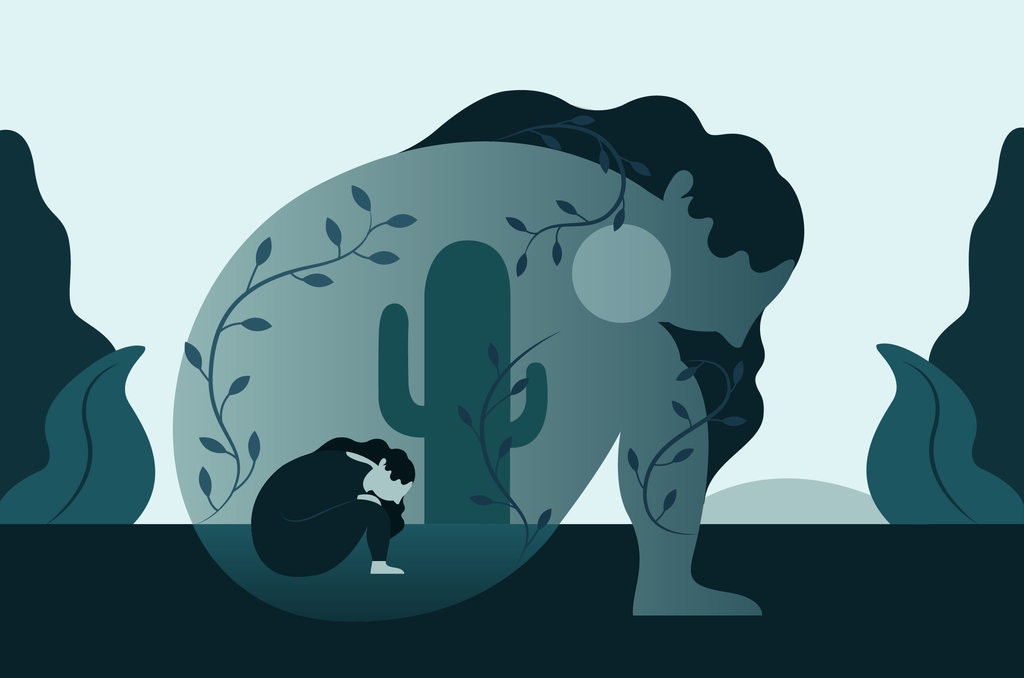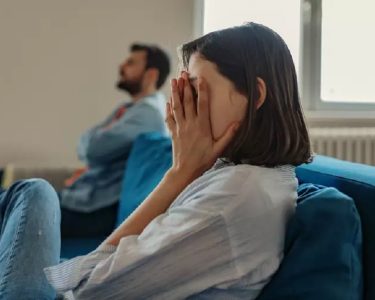TO COUNTER LONELINESS, FIND WAYS TO CONNECT
Jane E. Brody

A four-minute film produced for the UnLonely Film Festival and Conference last month featured a young woman who, as a college freshman, felt painfully alone. She desperately missed her familiar haunts and high school buddies who seemed, on Facebook at least, to be having the time of their lives.
It reminded me of a distressing time I had as an 18-year-old college sophomore — feeling friendless, unhappy and desperate to get out of there.
I didn’t know it then, but I was in the age bracket — 18 to 24 — that now has the highest incidence of loneliness, as much as 50 percent higher than occurs among the elderly. For young adults, loneliness and social isolation are major precipitants of suicide, experts say.
Fortunately, I visited the university health clinic where an astute psychologist examined my high school records, including a long list of extracurricular activities, and noted that I had done only schoolwork during my first year in college.
“There’s nothing the matter with you that wouldn’t be fixed by your becoming more integrated into the college community,” she said. She urged me to get involved with something that would connect me to students with similar interests.
I protested that as a biochemistry major with classes six mornings a week and four afternoon labs, I had no time for extracurricular activities. And she countered: “You have to find time. It’s essential to your health and a successful college experience.”
Having no better option, I joined a monthly student-run magazine that fit into my demanding academic schedule. I soon fell in love with interviewing researchers and writing up their work. I also befriended a faculty adviser to the magazine, a grandfatherly professor who encouraged me to expand my horizons and follow my heart.
Two years later as a college senior and the magazine’s editor, I traded courses in physical chemistry and advanced biochemistry for news reporting and magazine writing.
The rest is history. Armed with a master’s degree in science writing and two years as a general assignment reporter, at 24 I was hired by The New York Times as a science writer, a job I have loved for 53 years. In making rewarding social connections in college, I not only conquered loneliness, I found a path to a marvelous career.
“Social connections, in a very real way, are keys to happiness and health,” noted Dr. Jeremy Nobel, founder of the UnLonely Project and faculty member in primary care at Harvard Medical School. In an opinion piece in The Boston Globe written with Michelle Williams, dean of the Harvard T.H. Chan School of Public Health, these experts stated that loneliness and social isolation play “an outsized role” in preventable deaths by suicide.
They urged that social relationships be considered a national public health priority “to roll back those heartbreaking, preventable deaths of despair.”
But it’s not just young people who are lonely. “More than a third of adults are chronically lonely, and 65 percent of people are seriously lonely some of the time,” Dr. Nobel said in an interview. Among the groups with especially high rates of loneliness are veterans, 20 of whom take their own lives each day on average. Even half of chief executives experience loneliness (it can be lonely at the top), a state that can adversely affect job performance.
The rate of persistent loneliness is also high among older adults, who, in addition to limitations imposed by chronic illness, may suffer the isolating effects of mobility issues, lack of transportation and untreated hearing loss.
However, Julianne Holt-Lunstad, a psychology professor at Brigham Young University, told the UnLonely conference that no one is immune to the toxic effects of social isolation. “It’s so distressing, it’s been used as a form of punishment and torture,” Dr. Holt-Lunstad said.
“Loneliness saps vitality, impairs productivity and diminishes enjoyment of life,” Drs. Nobel and Williams wrote. Its effects on health match that of obesity, alcohol abuse and smoking 15 cigarettes a day, increasing the risk of an early death by 30 percent.
The aim of the UnLonely Project, Dr. Nobel said, is to raise awareness of its increasing incidence and harmful effects and reduce the stigma — the feelings of embarrassment — related to it.
“We want people to know that loneliness is not their fault and to encourage them to become engaged in programs that can diminish it,” he said. One program featured in the film festival depicts a group of older women in the Harlem neighborhood in New York who participate in synchronized swimming. One of the women said she didn’t even know how to swim when she joined the group but now wouldn’t miss a session.
In Augusta, Ga., in partnership with AARP, a program of painting together, as well as music and dance, was created for caregivers who often have little opportunity to connect with others and reap the benefits of mutual support and friendship.
Doing something creative and nurturing helps both caregivers and people struggling with serious chronic illness get outside themselves and feel more connected, Dr. Ruth Oratz, medical oncologist at New York University Langone Medical Center, told the conference, convened by the Foundation for Art and Healing.
The foundation’s goal, Dr. Nobel said, is to promote the use of creative arts to bring people together and foster health and healing through activities like writing, music, visual arts, gardening, textile arts like knitting, crocheting and needlework, and even culinary arts.
“Loneliness won’t just make you miserable — it will kill you,” Dr. Nobel said. “Creative arts expression has the power to connect you to yourself and others. How about a monthly potluck supper? It’s so simple, such a great way to be connected as well as eat good food.”
Much of modern life, though seeming to promote connectivity, has had the opposite effect of fostering social isolation and loneliness, experts say. According to the foundation, “Internet and social media engagement exacerbates feelings of loneliness, depression and anxiety.”
People rarely relate intimate tales of misery and isolation on Facebook. Rather, social media postings typically feature fun and friendship, and people who lack them are likely to feel left out and bereft. Electronic communications often replace personal, face-to-face interactions and the subtle signals of distress and messages of warmth and caring such interactions can convey.
So consider making a date this week to meet a friend for coffee, dinner, a visit to a museum or simply a walk. Online communities like Meetup.com can be a good source for finding others with common interests. If nothing else, pick up the phone and have a conversation with someone. Chances are, you will both be better off for it.




